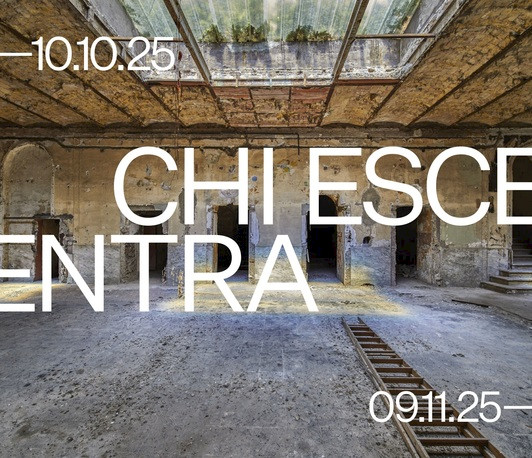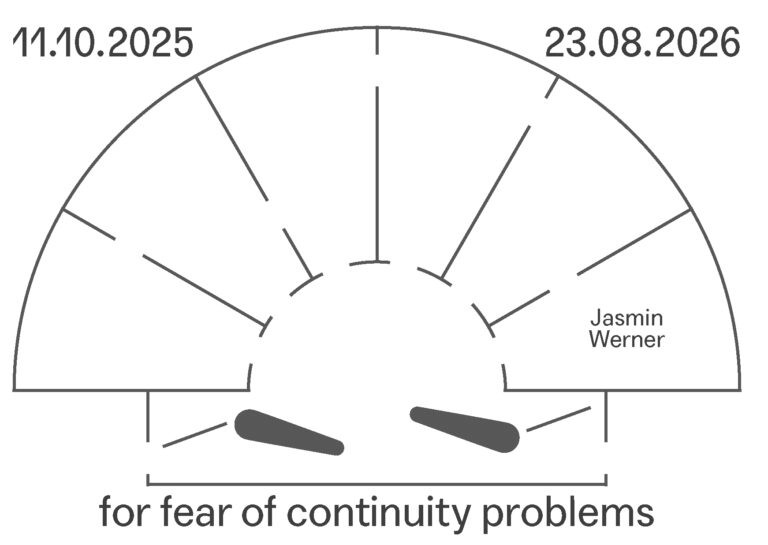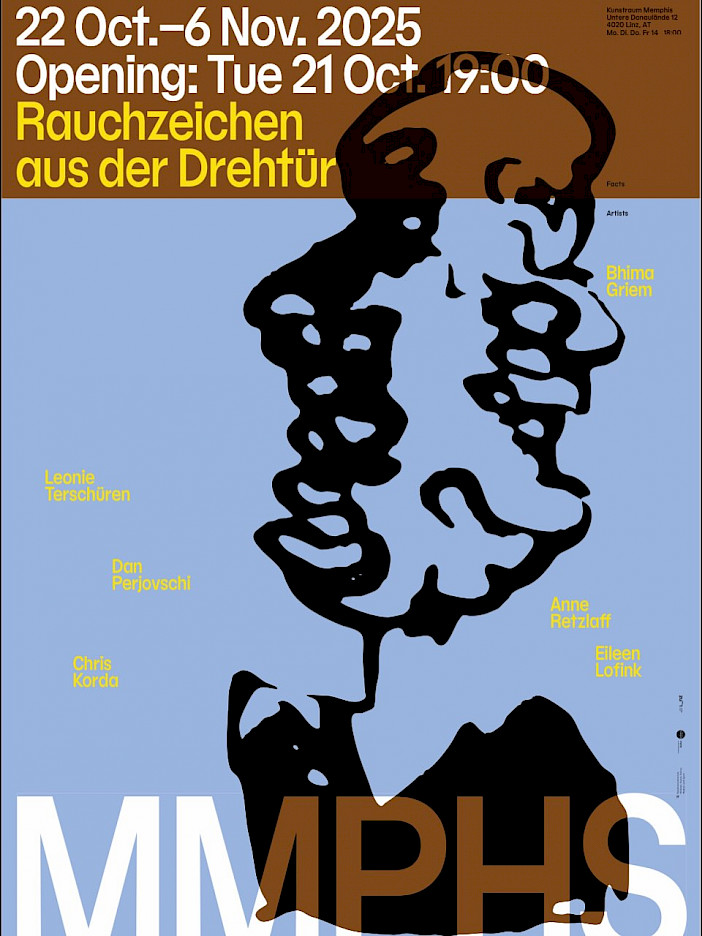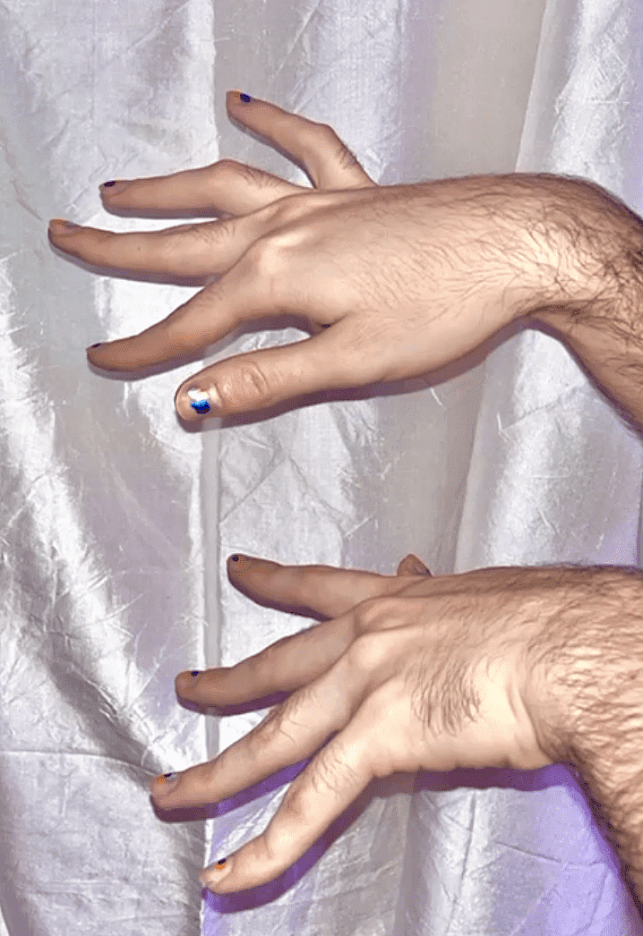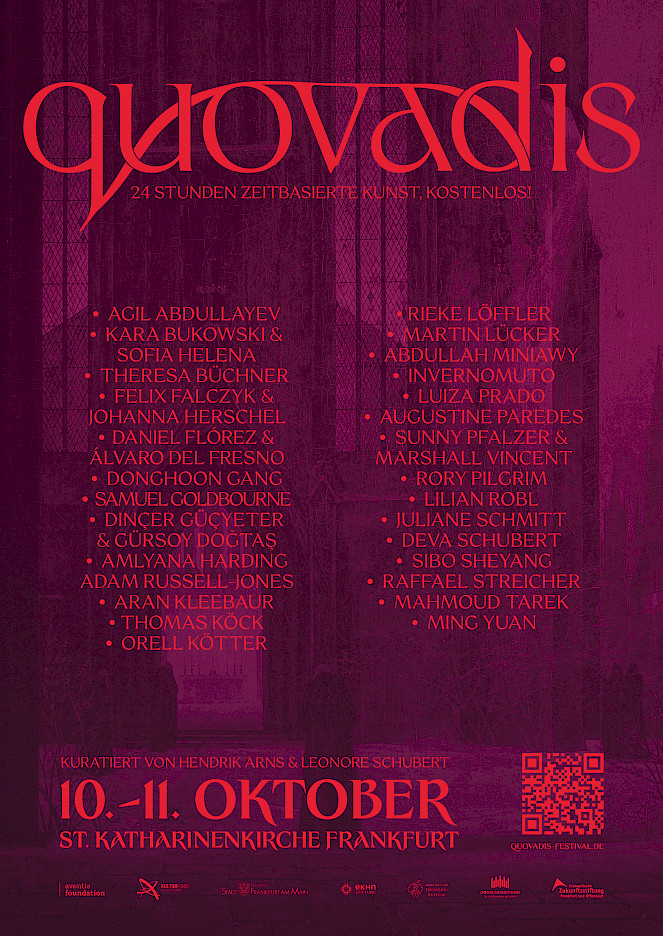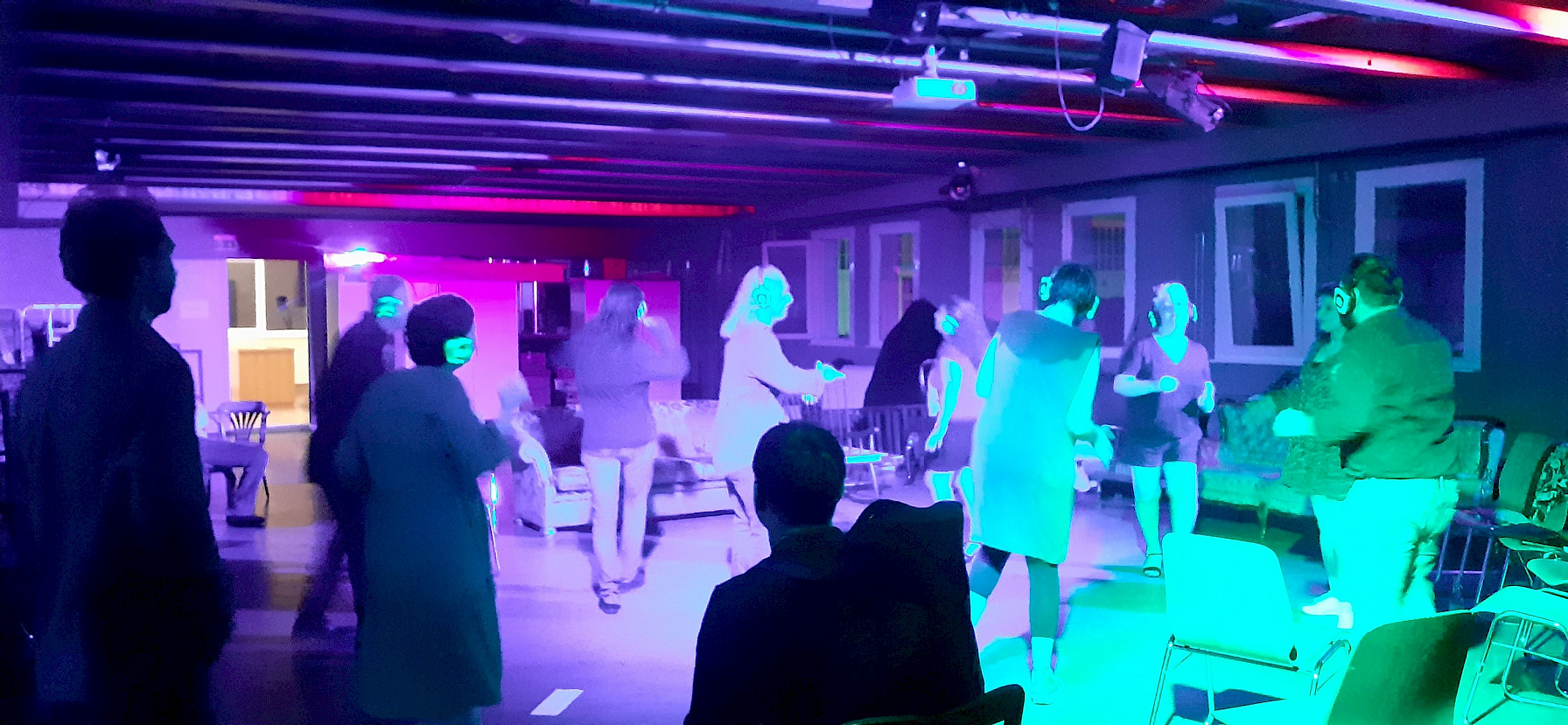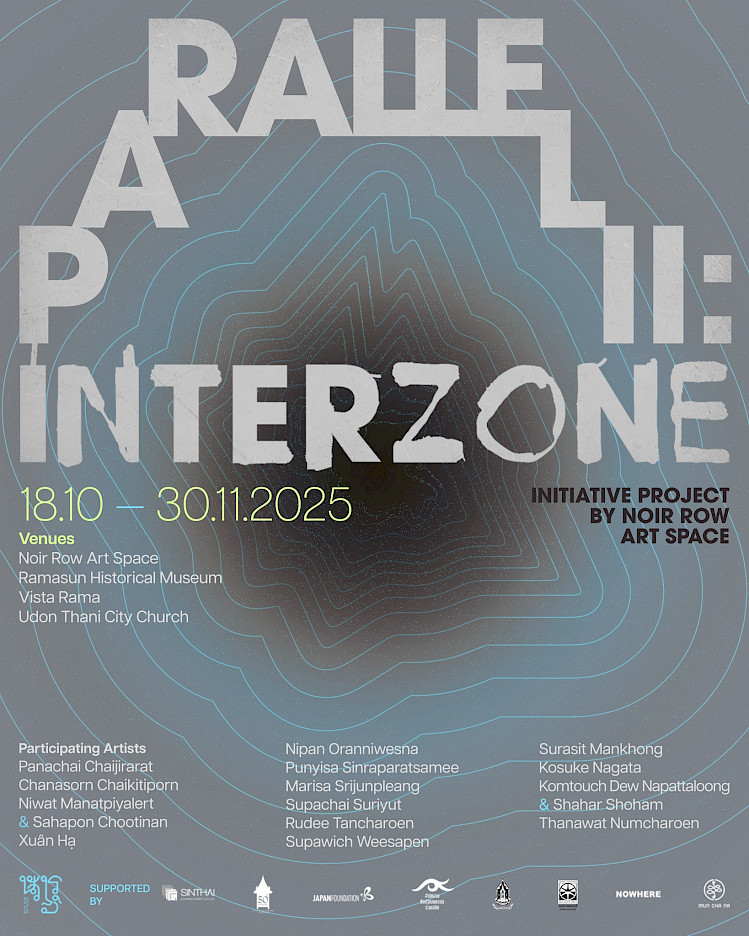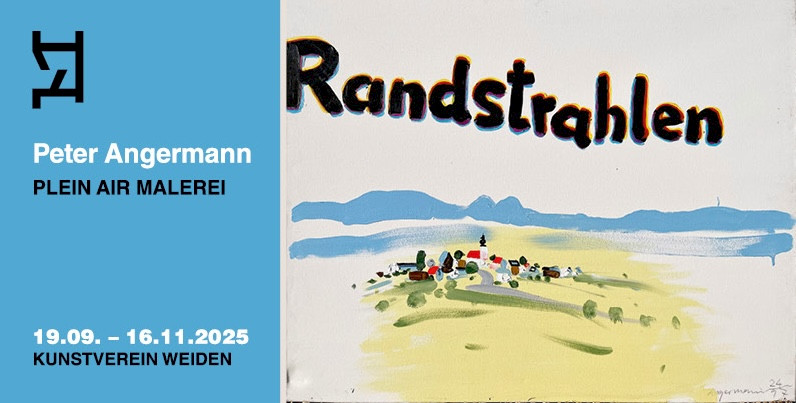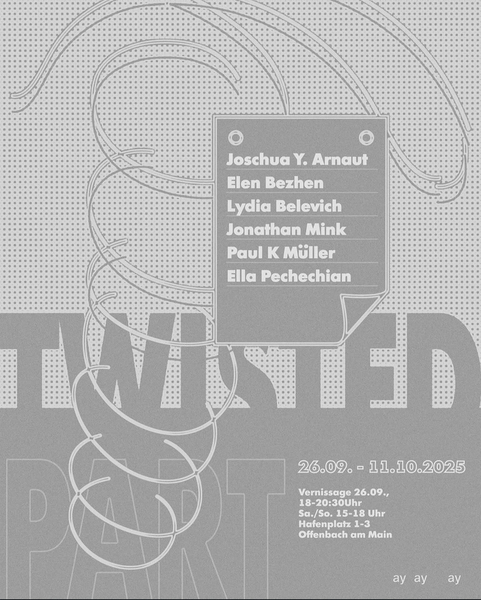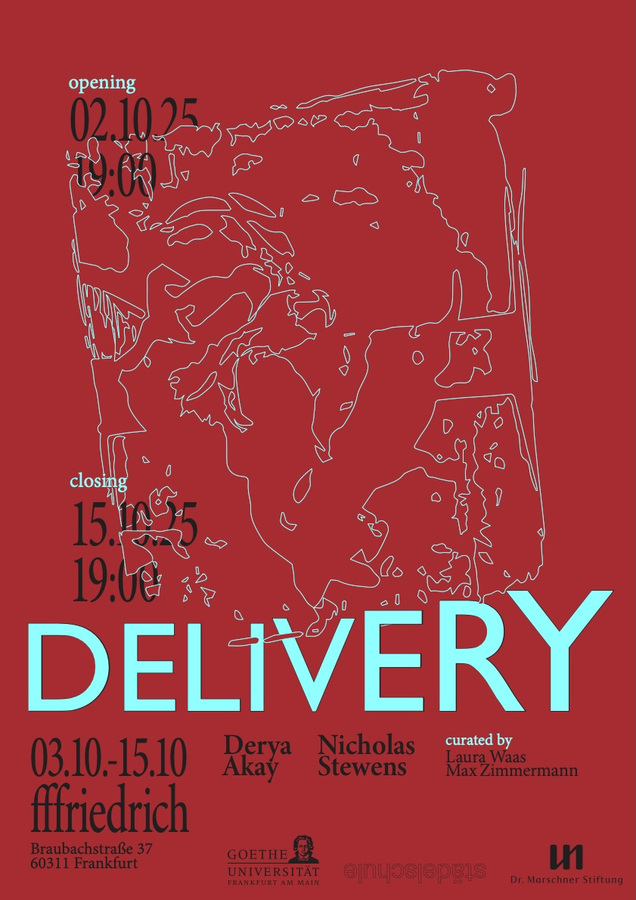Vincenzo Agnetti, Louise Bourgeois, Francesca Cornacchini, Jesse Darling, Eva Fàbregas, Tarik Hayward, margaretha jüngling, Thomas Julier, Tarik Kiswanson, Corrado Levi, Paul Maheke, Marie Matusz, Mónica Mays, Hana Miletić, Effe Minelli, Lulù Nuti, Francesca Pionati and Tommaso Arnaldi, Aurélien Potier, Hannah Quinlan & Rosie Hastings, Prem Sahib, Davide Stucchi, Grégory Sugnaux, Ian Waelder, Rachel Whiteread
Opening: Thursday, October 9, 6 PM
October 10 – November 9, 2025
Via Gregoriana 9
00187 Rome, Italy
curated by Simon Würsten Marin
In the heart of Rome, a building rich with a century of cultural history but now abandoned for thirty years is about to lose the traces of its past uses. How can art play a role in preserving what risks disappearing from collective memory?
From October 10 to November 9, 2025, the Bibliotheca Hertziana – Max Planck Institute for Art History presents Chi esce entra. A Tribute Exhibition to a Disappearing Building, an unprecedented site-specific project in the history of the Institute, curated by Simon Würsten Marin, hosted at Via Gregoriana 9, just a few steps away from its historic headquarters at number 28.
Gathering together over twenty Italian and international artists working across sculpture, painting, photography, installation, video, and performance, the exhibition pays tribute to the building's original function by bringing their artworks into a sensorial and reflective dialogue with its architecture.
Inaugurated in 1911 as a private gallery by the prominent art dealer and collector Ludovico Spiridon, the building has since undergone multiple transformations and served many functions over time. Most famously, it housed La Cage aux folles, an iconic club of Rome’s vibrant nightlife Bibliotheca Hertziana Istituto Max Planck per la storia dell'arte in the 1980s, before falling into disuse. Today it stands as a contemporary ruin – hidden in the historic center and inaccessible to the public though not yet quite forgotten. With this ephemeral takeover, the exhibition brings the building back to life in a collective act of memory before its radical transformation into a new extension of the Bibliotheca Hertziana.
Chi esce entra approaches the building’s current state of disrepair as one more meaningful stage in its layered history and as fertile ground for creative expression and critical thinking. At its core, the exhibition reflects on the role and potential of artistic practice in both preserving cultural memory and challenging traditional historiography – notably by eschewing academic methodologies and nuancing institutional narratives. The participating artists engage in subjective, poetic or speculative ways with notions of decay, heritage, and the politics of memory.
Their works invite us to reflect on how processes of memory and oblivion materialize in public and domestic space, thus participating in shaping individual and collective identities. Presented in this unconventional, derelict setting, the artworks – several of them site-specific – reactivate the building’s architecture and history while simultaneously unfolding diverse storylines that expand the exhibition’s inquiry beyond the walls of Via Gregoriana 9.
The exhibition title – Chi esce entra (Who Exits Enters) – is borrowed from a work made of felt by Vincenzo Agnetti of 1971, in which the phrase is engraved and painted into the surface. An apparent aporia, it suggests that opposites are not necessarily exclusive but can converge to produce unexpected perspectives and new meanings. In this context, it is the impending disappearance of a building that triggers remembrance, creating an opportunity to rediscover its history. Thus, rather than standing as the residual skeleton of a building now empty and stripped of its past functions, the space takes on an active role as protagonist in the exhibition, as it is once more populated by artworks and audiences alike.
An integral part of the exhibition, the public program – including live performances, guided tours, and a round table discussion – will create opportunities for dialogue with the public as well as the artistic and academic communities. A publication (edited by Dario Cimorelli Editore) with essays and extensive documentation of the building and the exhibition will be released at the end of the project, establishing a lasting record of via Gregoriana 9.
The exhibition is an initiative of Rome Contemporary, a research focus of Tristan Weddigen’s department, and is supported by the Max Planck Foundation. The Foundation is the current owner of via Gregoriana 9, which it was able to acquire thanks to a private sponsor. As the builder and developer, the Foundation is implementing the transformation project in close cooperation with the Bibliotheca Hertziana.
